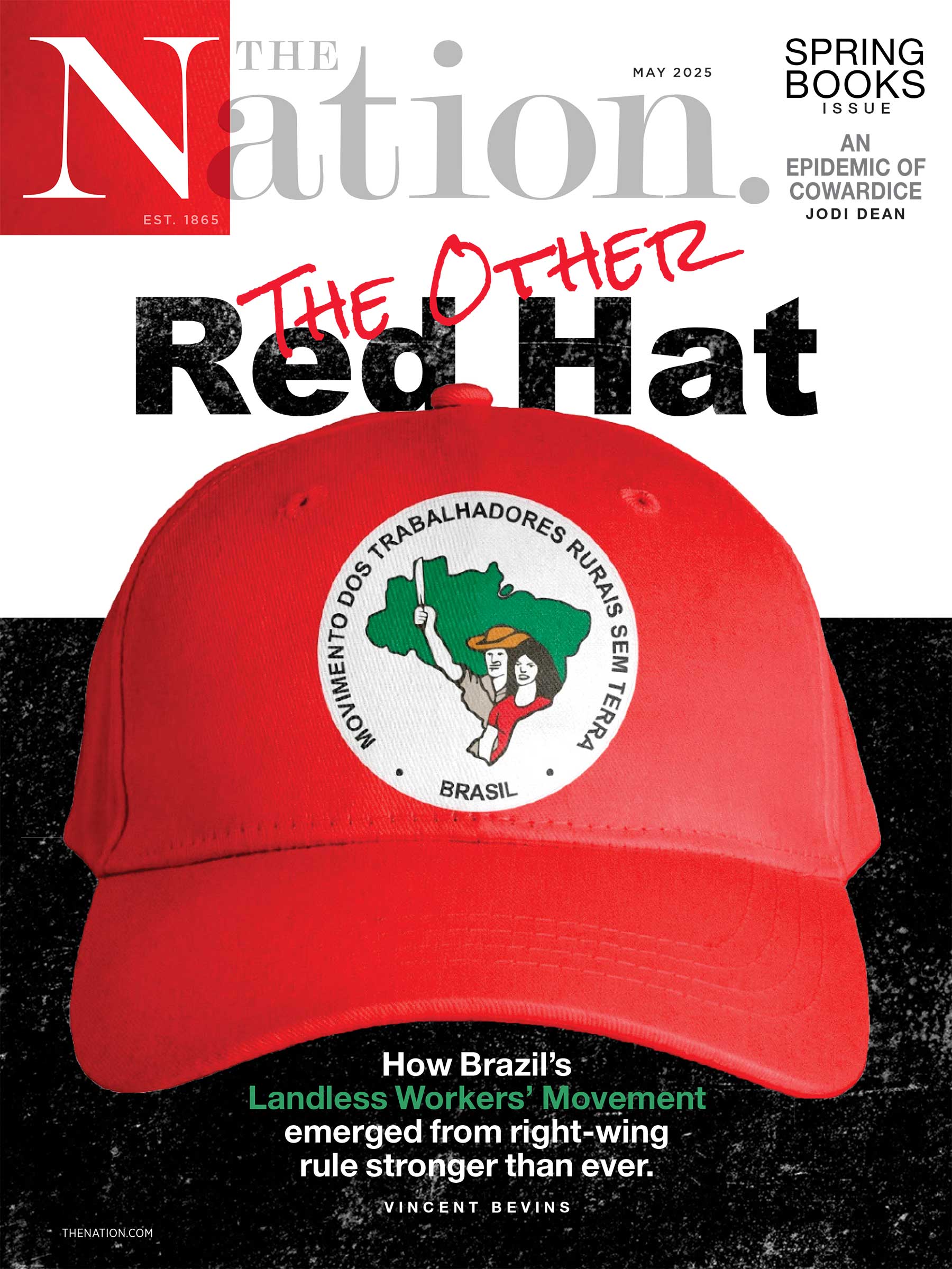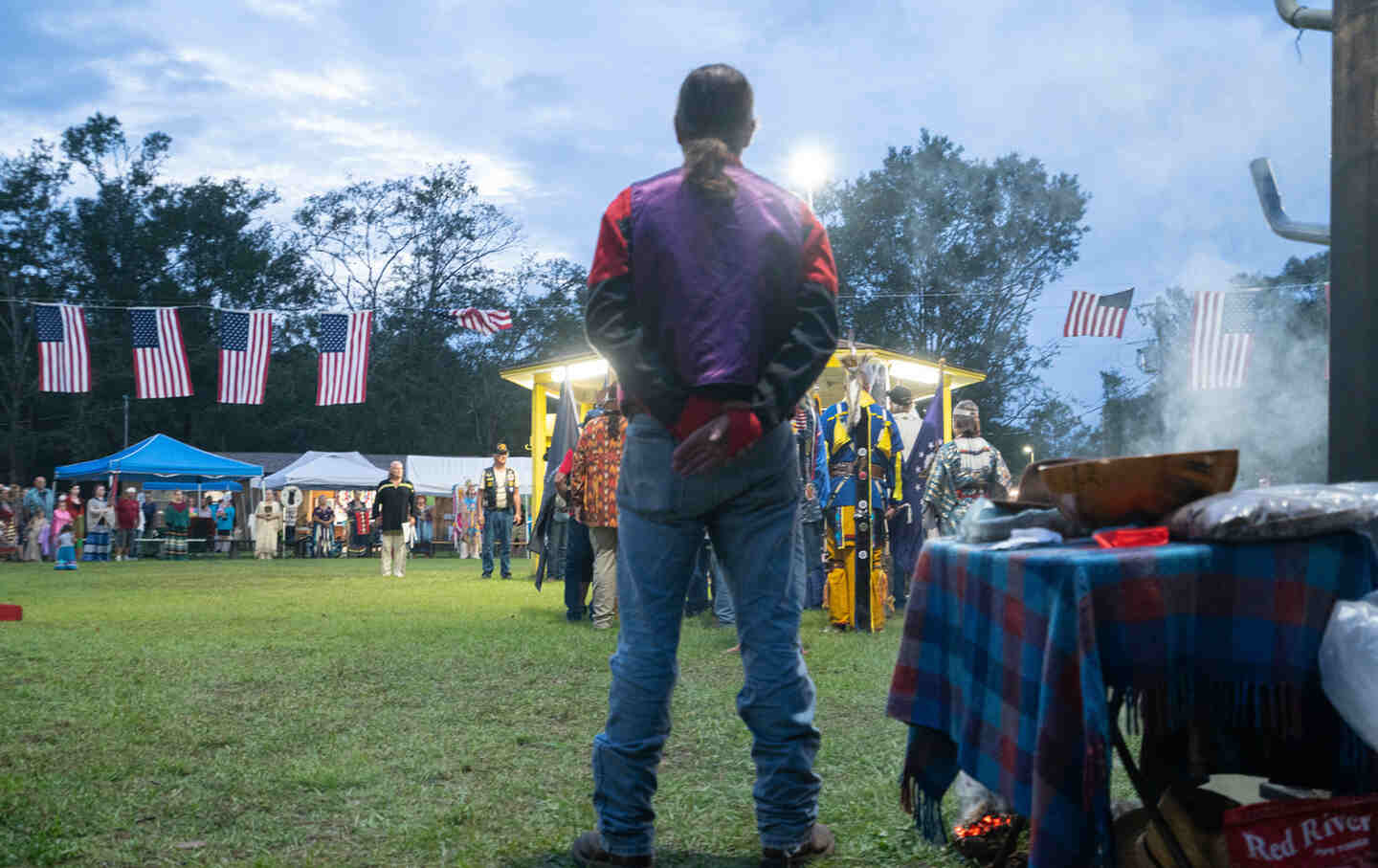
Holding On to Indigenous Heritage in Georgia Holding On to Indigenous Heritage in Georgia
Although Georgia is often left out of the Native American narrative, a small but mighty community in the state is keeping a strong grip on its culture and history.
Nov 8, 2024 / Photo Essay / Sheena Roetman-Wynn and Larry Towell
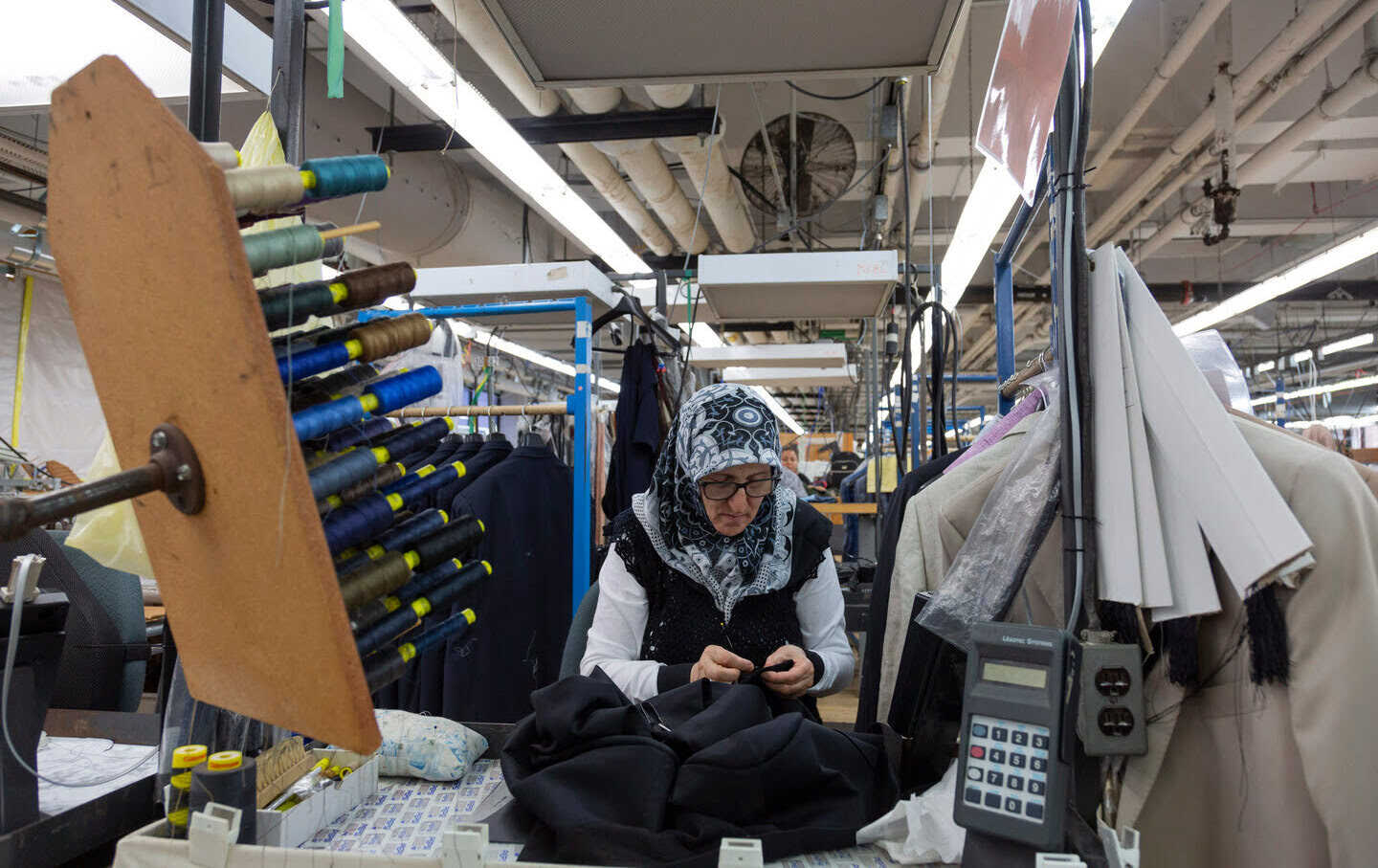
Hickey Freeman's Next Chapter Hickey Freeman's Next Chapter
This factory in upstate New York is a testament to the lasting legacy and future of the modern labor movement.
Nov 5, 2024 / Photo Essay / Michelle Chen and Susan Meiselas
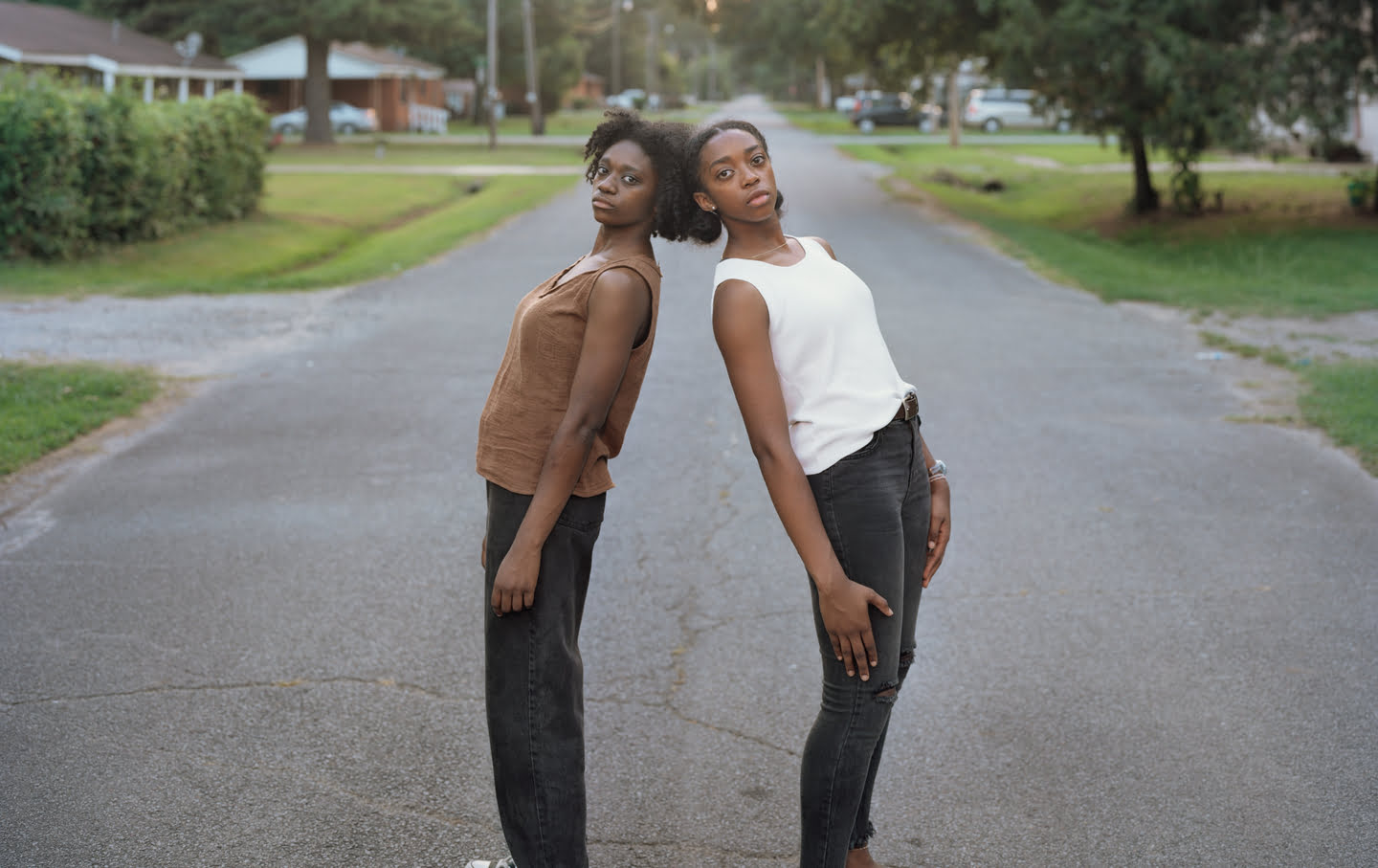
Portraits Along the Arkansas Delta Portraits Along the Arkansas Delta
Taken by Jim Goldberg, these photographs of the Delta region stitch together a pastiche of post-civil war lineage, industrialization, and more.
Nov 2, 2024 / Photo Essay / Jim Goldberg
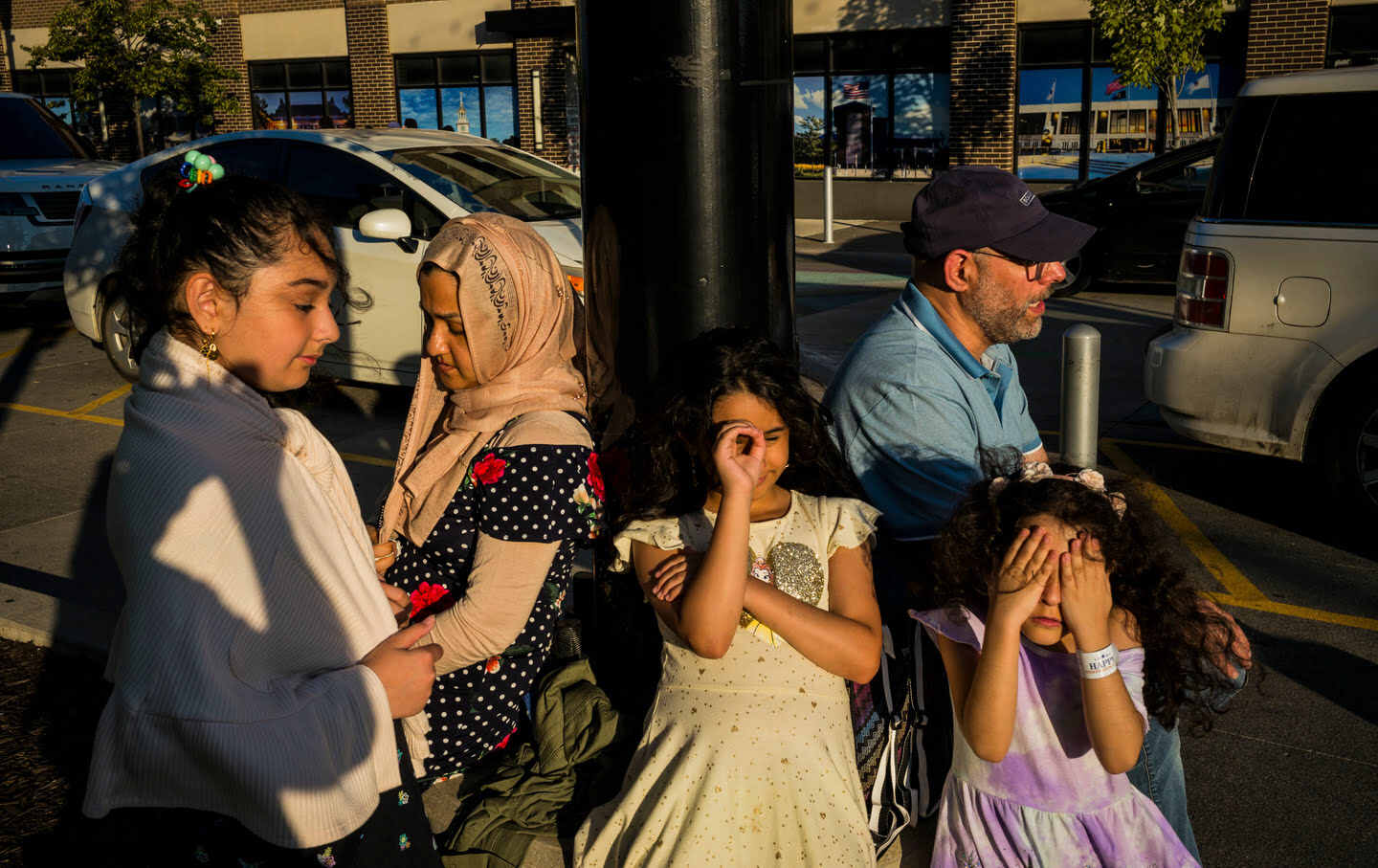
Detroit Is More Than Just a Melting Pot Detroit Is More Than Just a Melting Pot
With a storied legacy of collective organizing, the future of the working class can still be found in the Motor City.
Oct 31, 2024 / Photo Essay / Eli Day and Alex Webb
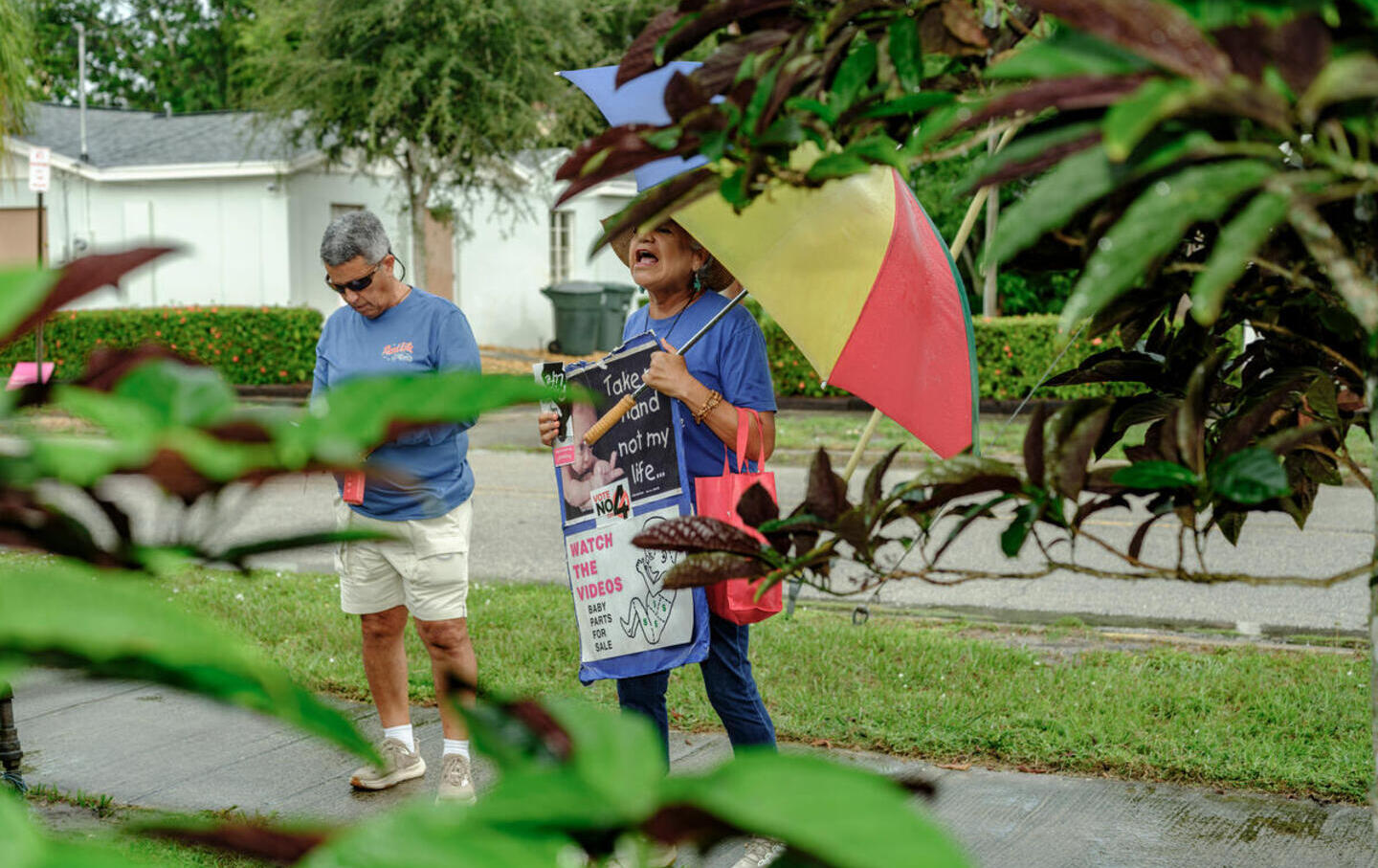
On the Front Lines of Florida’s Abortion Wars On the Front Lines of Florida’s Abortion Wars
With reproductive rights on the ballot, tensions are higher than ever in abortion-clinic parking lots.
Oct 30, 2024 / Photo Essay / Simon Petite and Cristina De Middel
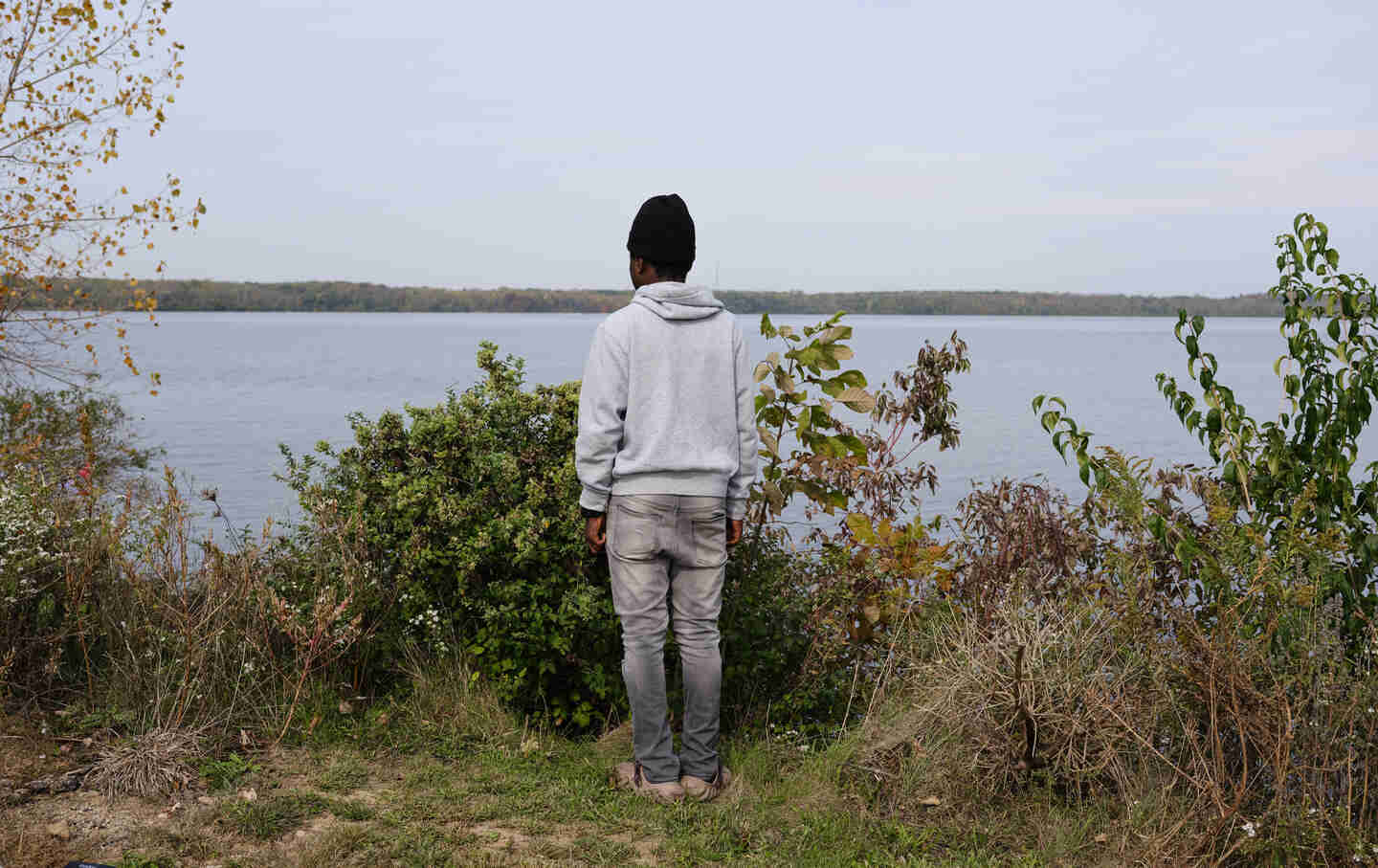
What’s Really Happening in Springfield, Ohio What’s Really Happening in Springfield, Ohio
After Trump and Vance spread unfounded claims about Haitian migrants in the small town, this photographer went to see who and what are really there.
Oct 27, 2024 / Photo Essay / Jerome Sessini
